Nintendo is Great is a Substack devoted to playing and exploring every game ever released for a Nintendo console/handheld in chronological order.
Some posts are free, some are for paid subscribers only. Don’t forget to sign up below. Thanks for reading!
1942
PUBLISHER: Capcom
DEVELOPER: Capcom (NES port by Micronics)
RELEASE DATE: Dec. 11th, 1985 (JP), Nov. 1986 (US)
ALSO AVAILABLE ON: Android, Arcade, Commodore 64, Amstrad CPC, FM-7, Game Boy Color, iOS, Mobile, MSX, NEC PC88, Sharp X1, ZX81/Spectrum, Wii Virtual Console
And with an interminable ringing noise that just won’t quit, 1942 ushers in the shoot-em-up genre on the NES.
Use the mute button, however, and you’ll find that 1942 gets the job done. You fly a plane named Super Ace, you shoot other planes with no names, you dodge their bullets, all at a steady clip; not too slow, nor too fast. When there is a good mix of enemy planes and bullets on the screen at one time, you’re almost always able to avoid them or loop-de-loop to avoid the onslaught. Deaths are largely your own fault.
1942 provides a solid variety of small, medium, and large enemy planes, all with their own unique flight patterns. For example, small gray planes dive bomb you slowly, while the small green planes are more unpredictable in their movements. Occasionally, medium-sized green and gray planes emerge from the bottom of the screen and fly upward without spraying any bullets. Red planes appear in a distinct formation, and once all are shot, provide an upgrade of sorts; either extra points, additional bullets, or small planes that attach to Super Ace’s sides.
The NES port of 1942 has a bad reputation. The sound effects have been known to shatter eardrums, the frame rate often dips down with no regard for gamers’ feelings, and the thirty-two levels only differ slightly in their presentation. You fight over ocean, forest, desert, and eventually, Okinawa (represented by little colored squares). Really, though, each level is essentially the same.
And yet, when you’re rapid firing, destroying all the planes that just won’t stop coming, it is possible to enter a Zen state where time slows down, you become one with Super Ace, and 1942 is much better than its detractors claim. Keep your mind open, and don’t forget the mute button.
C+
Straight From the Arcade
*images from The Arcade Flyer Archive, eBay, Backlogged
Other Versions
AMSTRAD CPC
COMMODORE 64
GAME BOY COLOR
MSX
ZX SPECTRUM
*images courtesy of Moby Games
Commando
PUBLISHER/DEVELOPER: Capcom
RELEASE DATE: Sept. 27th, 1986 (JP), Nov. 1986 (US)
ALSO AVAILABLE ON: Atari (2600, 7800, ST), Amiga, Android, Apple II, Arcade, BBC Micro, Commodore 64, Amstrad CPC, FM-7, Intellivision, iOS, Mobile, MSX, IBM PC, NEC PC88, ZX81/Spectrum, Wii Virtual Console
In Commando, you play Super Joe, a one-man war machine that can rip through “the enemy army” (as described on the box art) without any special help. Yes, a steady supply of bullets and grenades are all Joe needs to liberate/conquer/hopefully do the right thing and win against the opposing side.
Joe is dropped in the desert, and immediately, the enemy swarms around him. Some shoot, some stab, some launch grenades over dirt barricades. All are not shy about wanting to kill him. Joe has unlimited rounds to disperse generously to those in need, but the enemy are a squirrelly bunch and don’t always sit still. Shoot who you can and keep walking. The enemy has a limitless supply of soldiers ready to die for their cause. Your country only has a limited number of Super Joes.
Outside, where it’s hot and dangerous, grenades can be collected from the ground and lobbed when necessary. Captured soldiers can also be rescued for additional points. Occasionally, Joe will hit a guy who’s hiding a ladder. This ladder leads to an underground bunker where higher-ranking officers lie in wait. Destroy them, collect the special item they’re hiding (usually extra points), and get back to the surface. Only cowards hide.
Commando absolutely set the template for top-down, one-dude-against-the-world shooting games on the NES. Four missions filled with enemies, increasingly difficult set pieces, and hidden items that provide a bit of replay value. Also, Super Joe might be the dullest name for a video game character, but the simple animations of him eating some food or smoking a cigarette between missions add personality to an otherwise stock stereotype. Later NES titles, like SNK’s Guerrilla War would improve on Commando’s formula, but in 1986, few action games provided such visceral, intense thrills. Super Joe, we salute you.
B-
Straight From the Arcade
*images from the International Arcade Museum, the Arcade Flyer Archive, Moby Games and eBay
Other Versions
AMIGA
APPLE II
ATARI 2600
BBC MICRO
INTELLIVISION



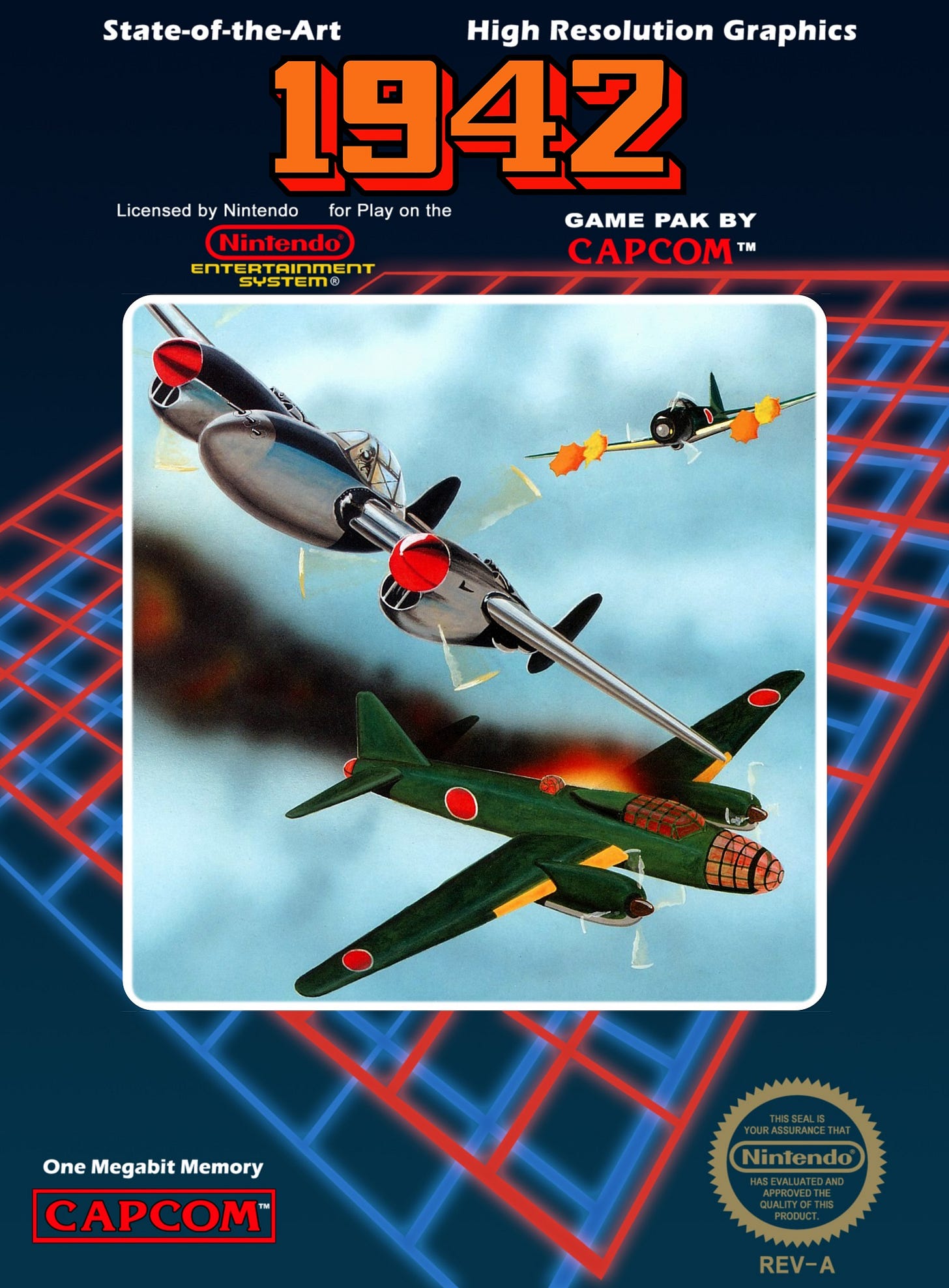



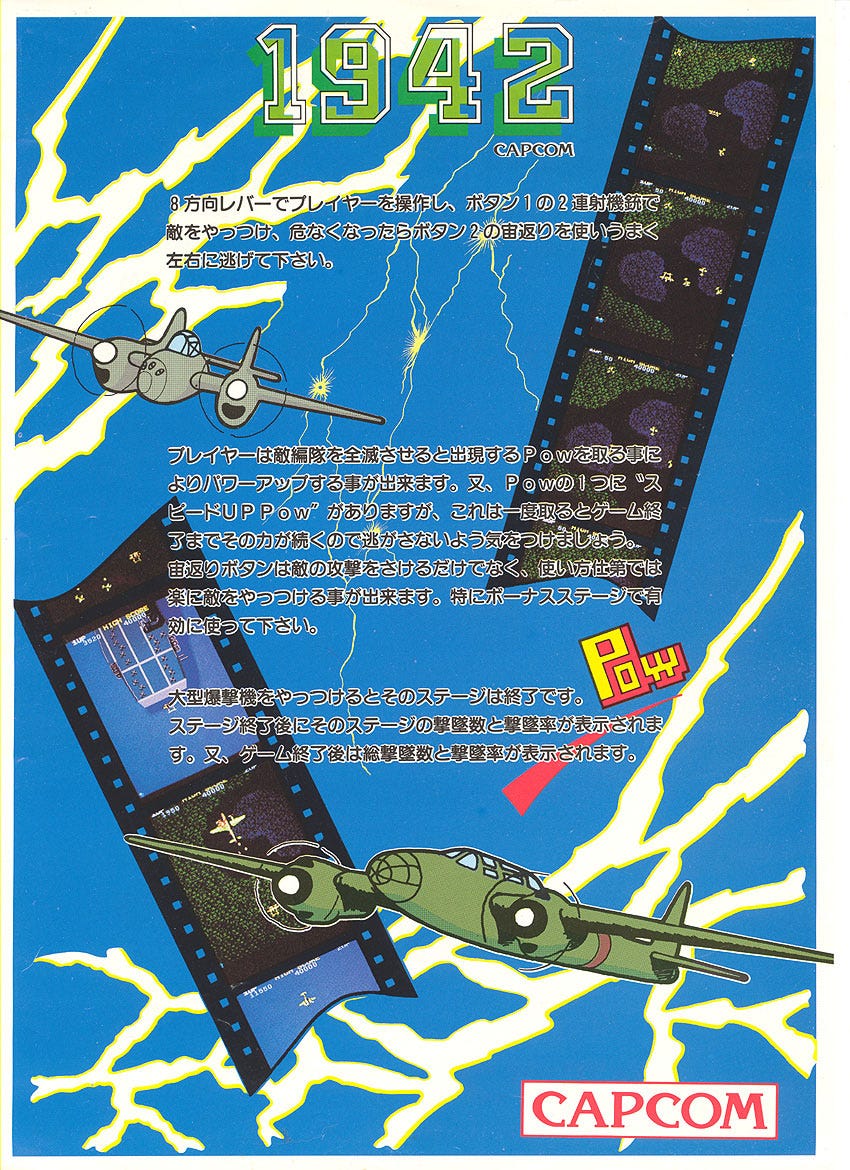
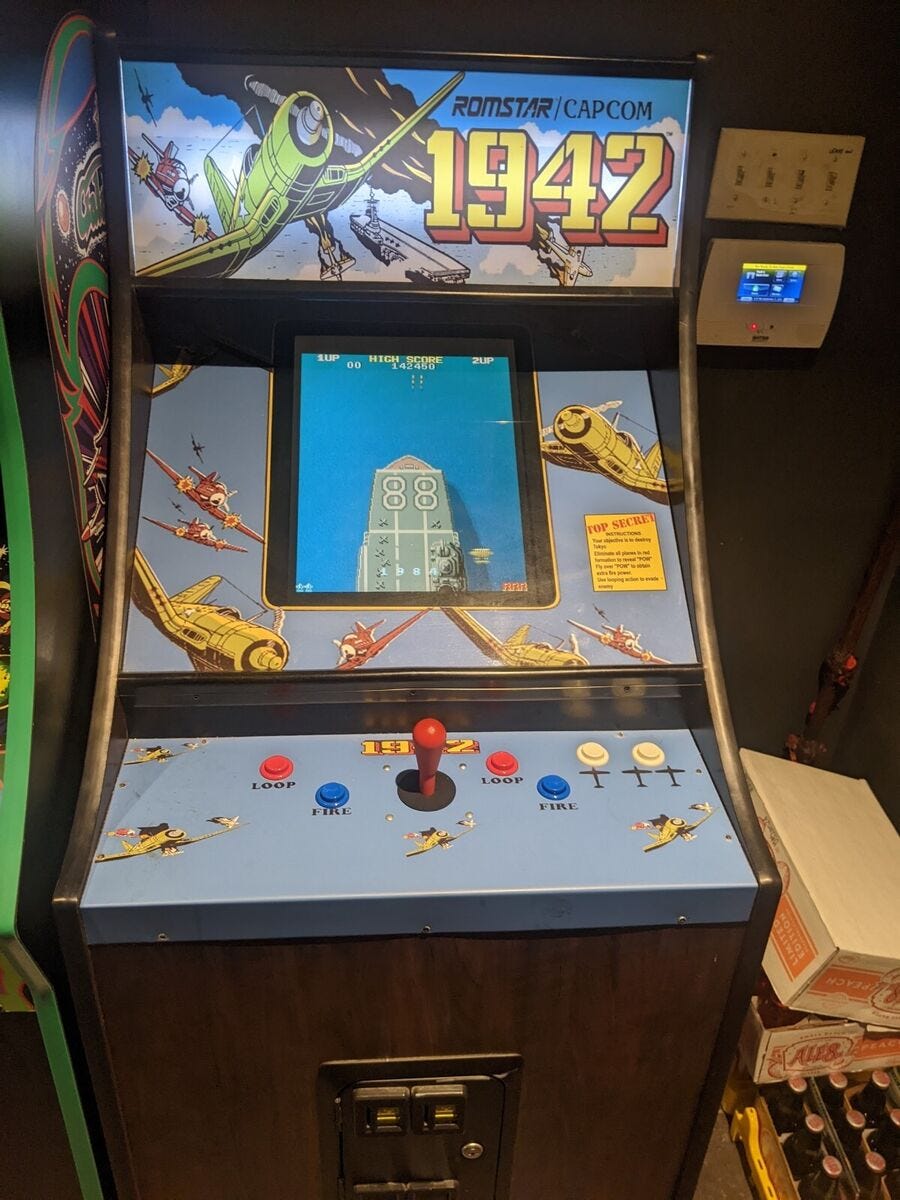


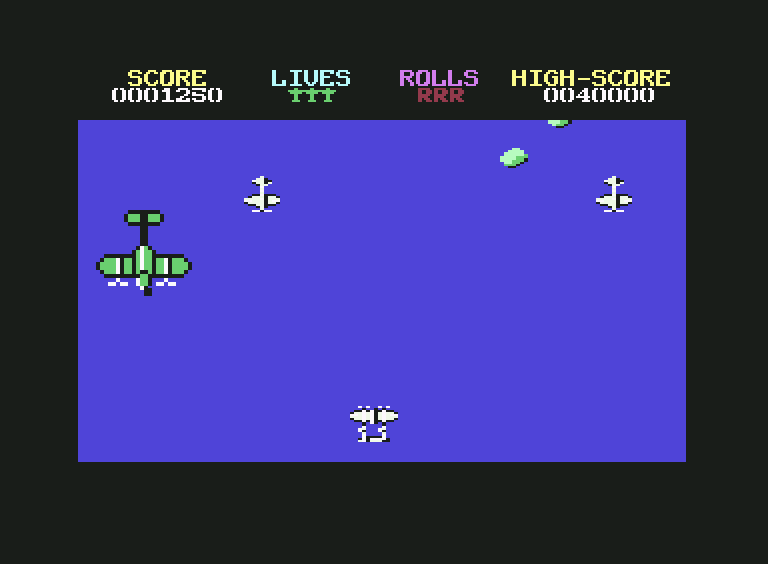



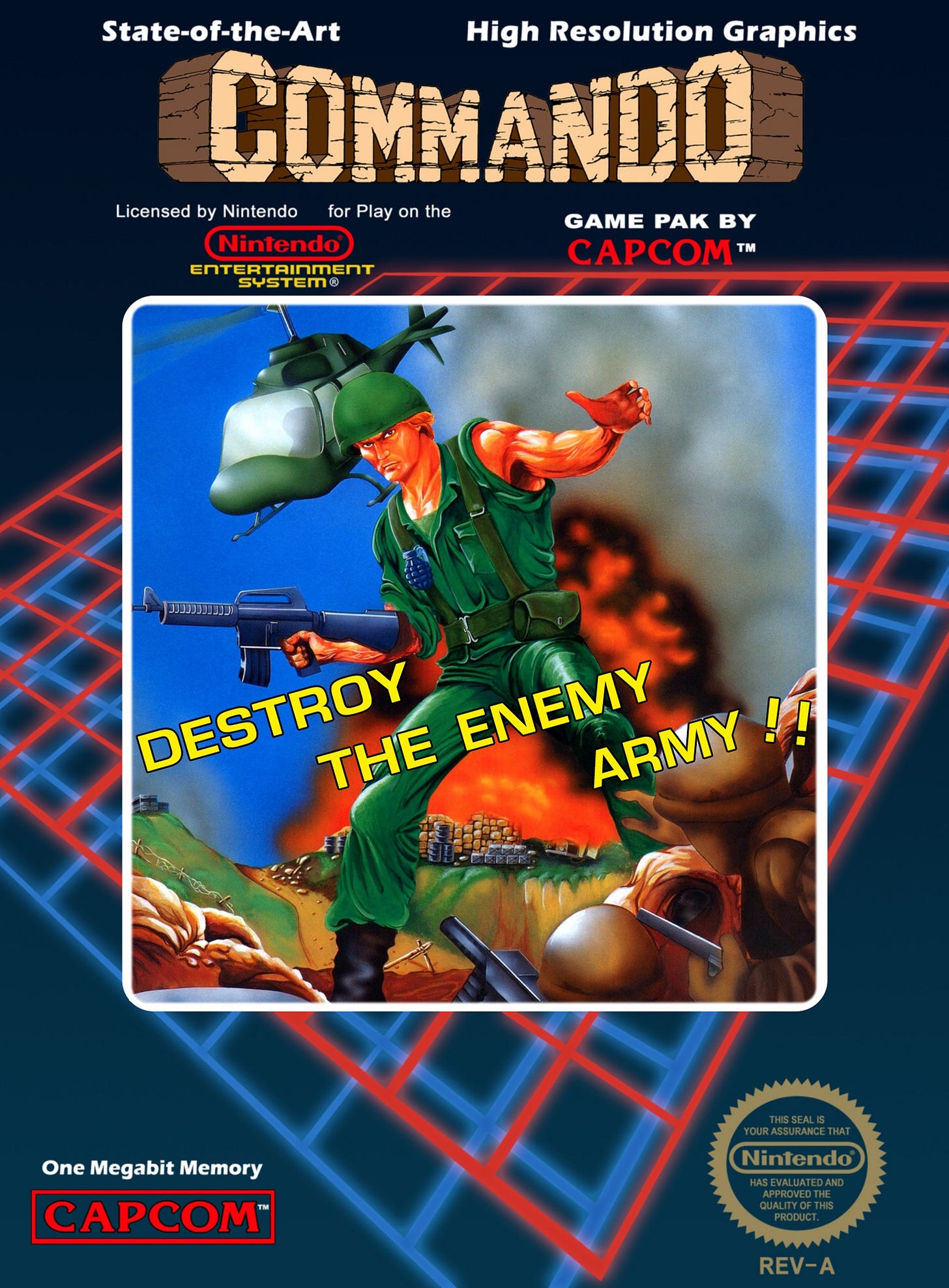


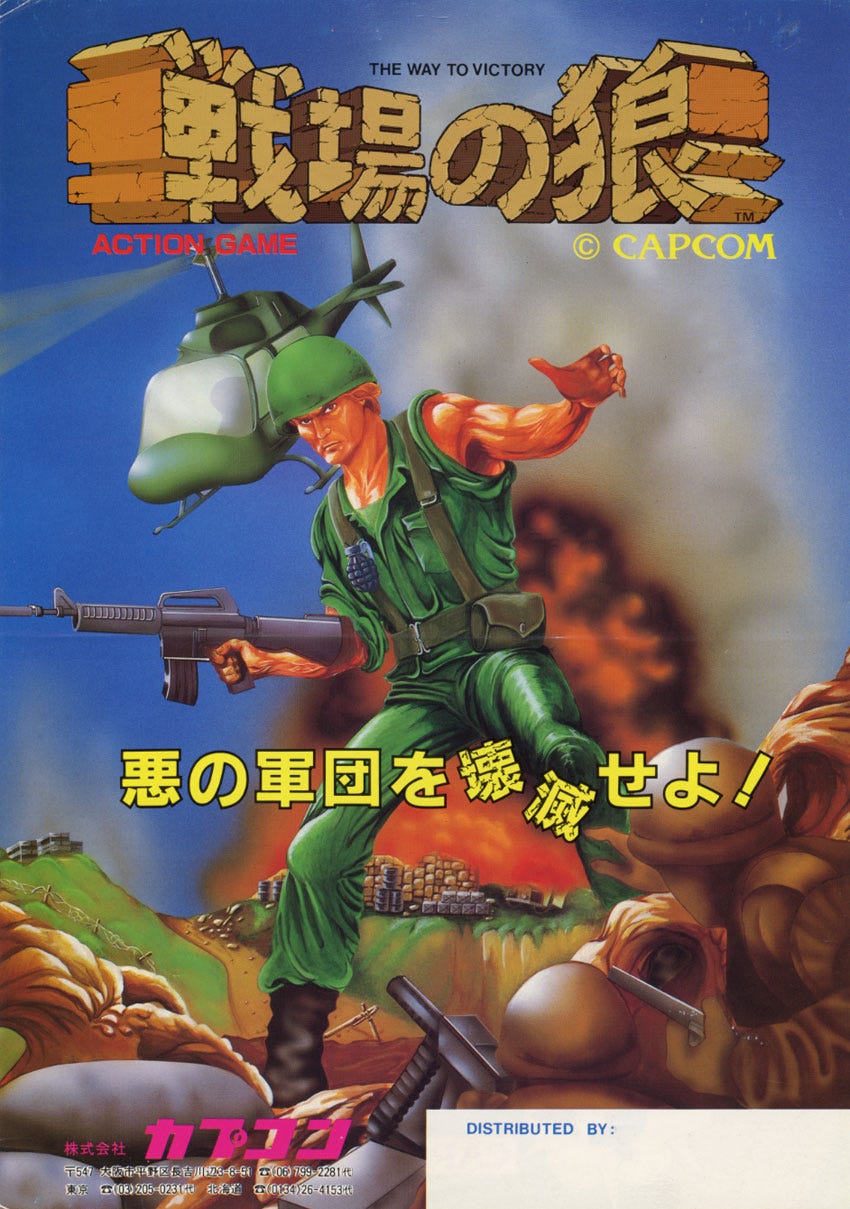

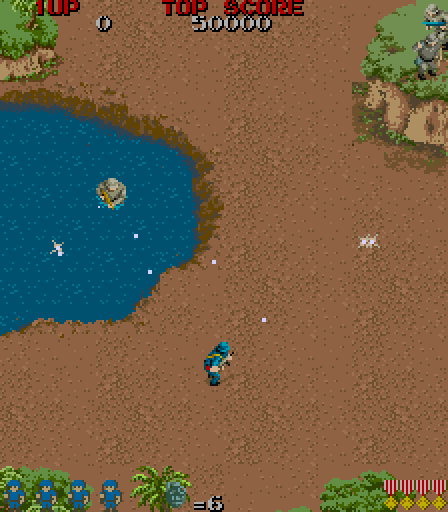




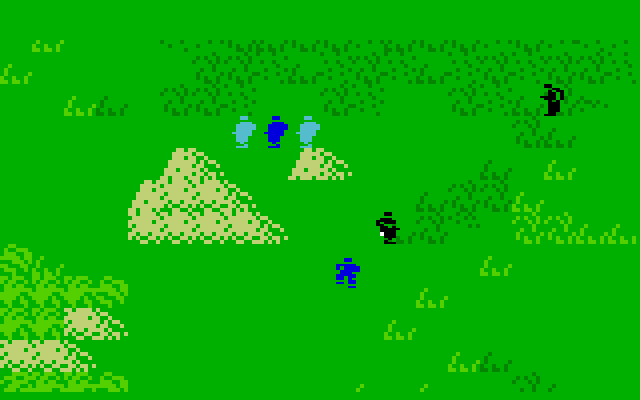
Agree - gave these a fair bit of play and they’re not bad but also very far from the pinnacle of their genres on NES.
I actually owned 1942 for a time but traded it in for a used copy of Bubble Bobble (might have been some cash involved also). No regrets there, I came out way ahead, but I also hold no ill feelings towards 1942.
A friend owned Commando and we definitely found it the more challenging of the two. But I did really enjoy that music.
Never got to play either in the arcades but I enjoy those images of other versions that I had never seen before. I do remember playing 1943 in the arcades once and going forever on a single quarter, as my skills were evidently honed by 1942 on NES.
I keep wondering if anyone who developed 1942 felt awkward given who the enemy was, lol
It’s interesting to see pretty much straight arcade ports like 1942 and Commando given how lots of other arcade games (like Capcom’s own Strider) were pretty different when they came home to the NES.